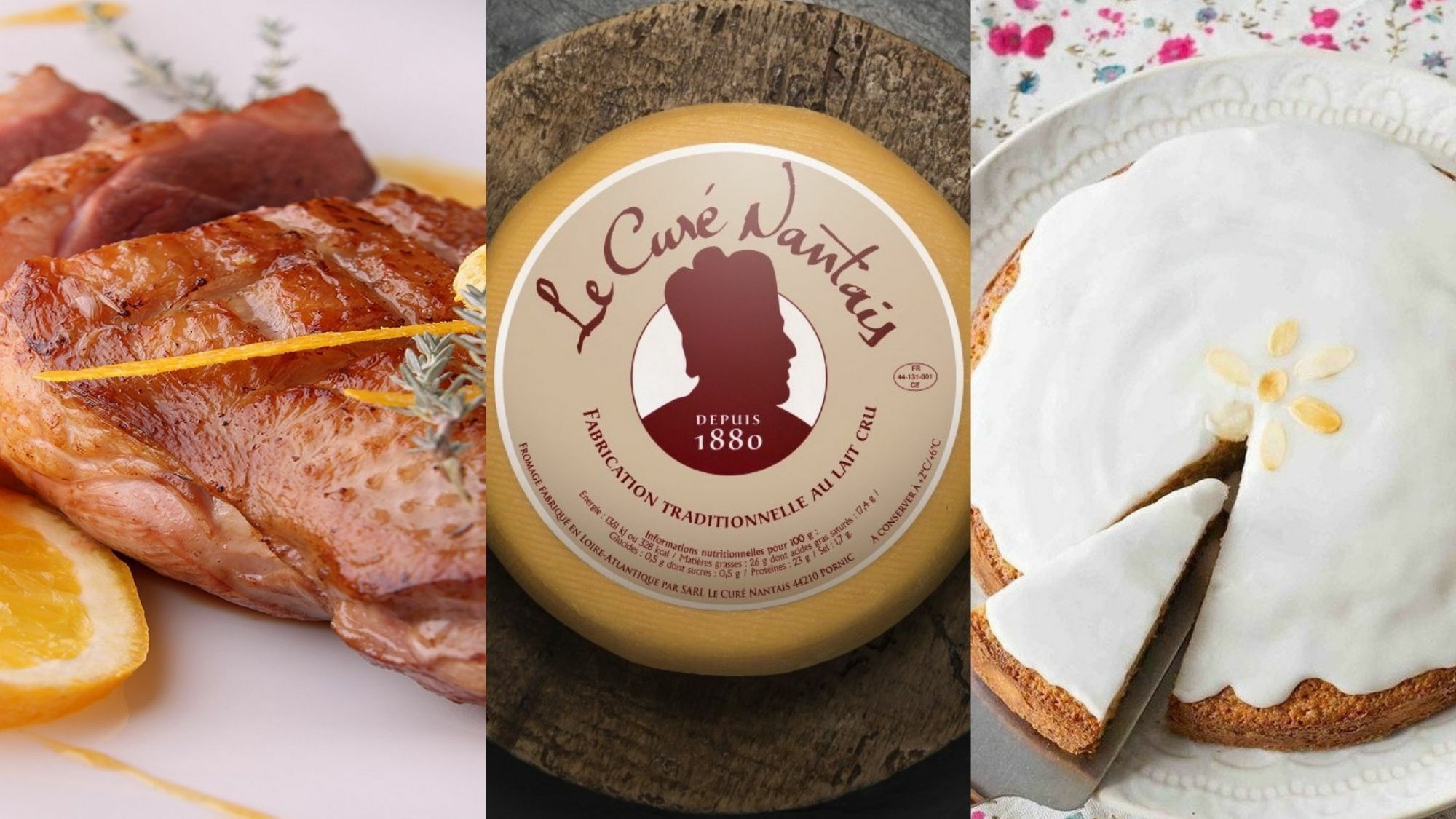Nantes Lamb's Lettuce
Yes, this salad with small leaves has everything of a great one. Nantes Lamb's Lettuce benefits from a Protected Geographical Indication (PGI). In the Loire-Atlantique region, lamb's lettuce has been cultivated since the first half of the 19th century, at the beginning of Nantes' market gardening. In 2008, with 26,000 tons of lamb's lettuce produced, the Nantes region is even the European leader. What do you mâche on?
The Berlingot
This candy has been made in Nantes since the 19th century. It is said that a cantinière of the army during the Consulate and Empire, Mrs. Couët, obtained this recipe as a thank you from a poor woman to whom she had given alms. Upon returning to Nantes, she passed on the recipe to her daughter, who began selling the sweets under the entrance of a building where her husband was the concierge. The recipe was passed on and on, notably by Pierre Bonté, a confectioner who was able to produce on a larger scale. But no matter, the berlingot and the brand of the daughter, now Mrs. Renaudineau with "The Renown" were born in Nantes.
Les rigolettes nantaises
In 1902, Charles Bohu, a confectioner who sells, among other things... berlingots, decides to change up the recipe a bit to create a new candy, the rigolettes. Softer than the berlingot, it consists of a cooked sugar shell containing a fruit marmalade. Charles Bohu sells these treats in his store at 26 Rue de la Marne, with its iconic blue mosaic storefront well known to the people of Nantes. Now, we also love the rigolettes with salted butter caramel or chocolate praline. Yum.
Muscadet
Muscadet is a white wine from AOC - since 1936 - mainly produced in Loire-Atlantique. It pairs perfectly with seafood, especially at the Talensac market. Made from a single grape variety, Melon de Bourgogne, Muscadet is produced near Nantes and along the Loire River. It is recommended to drink it within three years of harvest. The mayor of Mouzillon, received at the Elysée, expressed his surprise to the President of the Republic at the absence of Muscadet on the presidential table...
The Nantes Priest
In the 19th century, a passing priest in Saint-Julien-de-Concelles met Pierre Hivert, a local farmer, and together they created a square cheese, called "Regal des gourmets". Later, this rather strong cheese, made from raw milk with a soft dough pierced with small holes, was renamed "Cheese of the priest" and then "Nantes Priest". Today, it is still produced in Pornic. We love it hot and melted in a crispy bread or in a burger!
The Nantes duck
Also known as the Challans duck, this duck is renowned far beyond the tables of Nantes. This duck, with its fine flesh and outdoor upbringing, is said to originate from a cross between the Rouen duck and the wild duck. It is usually enjoyed with a Muscadet sauce and apples!
Below: the duck burger from the Nantes restaurant The Frenchie.
Voir cette publication sur Instagram
The Nantais cake
It is undoubtedly one of the most well-known - and loved - specialties of Nantes. This cake is characteristic of early 20th century pastry, with its exotic notes, brought by dark rum. We even revealed its recipe here. A staple in Nantes restaurants, each place adds its own personal touch to it.
Nantes-style bacon
It is also called "côte nantaise" or "Sunday bacon". This traditional dish, which has become a staple on the tables of modest households and working-class families, is made of a pork rib roast braised in the oven with rind, offal, muscadet (of course!) and various herbs. It is enjoyed cold or reheated with a seasonal salad (perhaps lamb's lettuce?). It is perhaps the only truly typical dish of the people of Nantes, who would buy it every Sunday from the butcher.
Les bottereaux
If it's called crouchepette, merveille, oreillette, ganse, or bugne elsewhere, the bottereau is truly from Nantes. These small diamond-shaped fritters are mainly consumed in Anjou, Brittany, Vendée (and here). They probably get their name from the butter that they're made with. Although they are mostly eaten during Candlemas, instead of crepes, they are made with the same ingredients as crepes.
The Little Butter Cookie
Last but not least, the most well-known Nantes specialty is undoubtedly the little butter cookie. Born in the LU factory on Quai Ferdinand Favre (whose Secrets of History we deliver to you here), the Lefèvre-Utile little butter cookie has not only crossed borders but also generations. Do you know where its particular shape comes from? It is made up of 4 corners for the 4 seasons, 52 teeth for the 52 weeks of the year. As for the 24 little dots that can be seen on its surface, they represent the 24 hours of the day. Does it also bring you back to your childhood?
